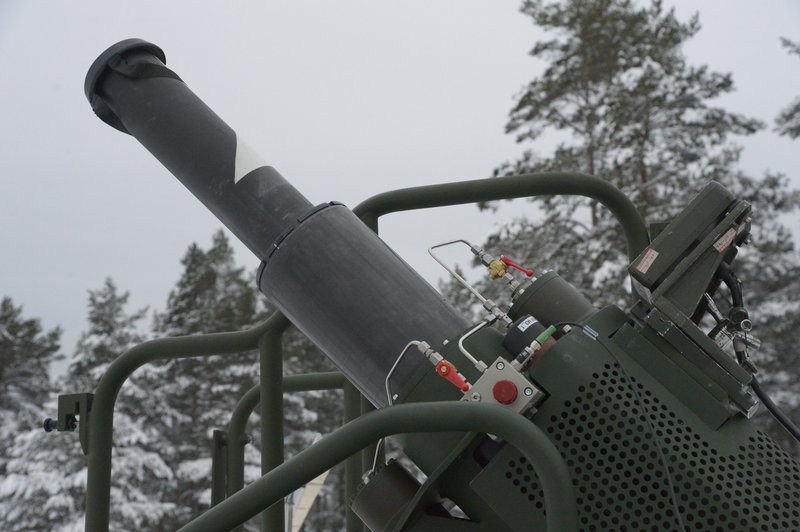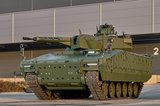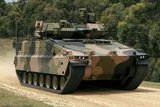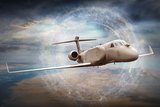How Patria TREMOS redefines battlefield mobility
Enjoy free access to this sponsored article, all content provided by Patria
For military forces to retain a tactical and strategic advantage, capability development, logistics and training must keep pace. Armed forces need capabilities - platforms, sensors and effectors — that are modular and agile throughout their entire lifecycle.
Patria TREMOS, the company's newest mortar system, was designed to meet these exact criteria. Developed in partnership with the Finnish Army and Finnish Defence Forces Logistics Command, the first prototype was ready in less than a year. Modular to optimise available space, and versatile enough for quick refit on another vehicle, TREMOS offers robust protection and freedom for creative problem-solving. Operators control the mission tempo, not the logistics.
Understanding the changing operational landscape
Picture this: armed forces are in the heat of battle, a unit is stationed on a rugged hillside, mortar tubes locked on multiple enemy targets. Every second counts. Once they fire, they must quickly reposition to avoid incoming rounds from all directions. But the mortar system’s slow setup time and the rise of unmanned aerial vehicles (UAVs) mean their window to hide after firing is shrinking fast. The stress is already immense, and with war’s unpredictable nature, there’s always the chance something could go wrong with the vehicle itself. In that moment, what are their options?
Ukraine has shown that as sensors and effectors multiply, so does the urgency to move fast and strike first. Units rely on mobility for survival and success, and industry must respond just as swiftly to emerging needs. The pressure is on to think fast, adapt quickly and use every available resource to ensure mission success and survivability.
Enabling mobility
The advantage of mortar systems has always been their mobility on the battlefield. The ability to tow a 120mm mortar using nearly any vehicle and across multiple terrain types – including land inaccessible to field artillery – or carry lightweight 81mm mortars manually was a game changer. But when the tempo accelerates, can they keep pace?

Patria TREMOS (Traditional REborn MOrtar System) was designed for exactly this. Its recoil absorber technology enables the vehicle to withstand the shock of firing without the need for separate support legs, eliminating wasted time in lowering or raising them. In practical terms, the Patria TREMOS mortar system can fire within 60 seconds of arriving at a firing position and exit it within seconds after the last shot, enabling true "shoot and scoot" tactics.
Modularity on the battlefield
Battlefields are unpredictable, especially for mortar units operating on uneven terrain under constant threat. The risk of vehicle damage is high and losing both a platform and mortar system can tip the balance of battle. What’s the alternative?
For Patria, the answer was clear: modularity on the battlefield. That is why Patria TREMOS features proven standardised container locks, allowing it to be dismounted and transferred to another platform in field conditions, provided it has sufficient load-bearing capacity. This can be done within minutes with the help of a forklift or front-end loader. To enhance crew protection, additional ballistic armour can be quickly installed on the system.
Additionally, Patria TREMOS is compatible with all qualified 120mm and 81mm smoothbore mortar ammunition, making it a truly versatile and modular system that delivers critical battlefield flexibility.
Setting a new standard for logistics
Slow procurement kills innovation. Military acquisition cycles are notoriously long, and by the time a new solution is fielded, battlefield dynamics have often shifted.
To break this cycle, Patria teamed up with Finnish Army and Finnish Defence Forces Logistics Command to deliver Patria TREMOS in record time. Beginning with detailed discussions about future mortar system demands, Patria developed the first prototype in under 12 months. Testing included Patria-led firings to verify operational safety across various platforms, followed by extensive Finnish Defence Forces testing to gather valuable feedback. Delivery of the first pre-series systems is scheduled for 2025.
Beyond the Finnish Armed Forces, the company can integrate Patria TREMOS into new customers’ vehicles within three to six months, with full readiness achievable in under a year – depending on vehicle types and the level of manufacturer cooperation. And because the system is straightforward to use and transfer, crew training is relatively simple and fast. With Patria TREMOS, forces don’t just adapt to the battlefield — they shape it.
Find out more about Patria TREMOS here.
More from Industry Spotlights
-
![“A new philosophy of defence”: ASELSAN sets out ambitions for the future]()
“A new philosophy of defence”: ASELSAN sets out ambitions for the future
In Conversation: Shephard’s Gerrard Cowan talks to ASELSAN CEO and President Ahmet Akyol about how the business has evolved and expanded over the past five decades, and its aim of becoming a top 30 global defence company by 2030.
-
![Levelling up – how autonomous fire control tackles unmanned lethality head-on]()
Levelling up – how autonomous fire control tackles unmanned lethality head-on
As autonomous weapon systems proliferate, it is now essential to use the same core technologies to counteract and neutralise them.
-
![Evolving for the future fight]()
Evolving for the future fight
Built on a 60-year heritage of providing the Department of Defense with solutions to dominate the electromagnetic spectrum.
-
![How AI and robotics drive innovation in land-based defence]()
How AI and robotics drive innovation in land-based defence
The future on the frontlines: automation and AI isn’t just about improving efficiency or driving down labour cost - for Pearson Engineering it’s everything.
-
![How satcom is shaping the future of fast, accurate warfare (podcast)]()
How satcom is shaping the future of fast, accurate warfare (podcast)
"Speed is the key advantage and accuracy is the key outcome": Amazon Kuiper Government Solutions’ Rick Freeman talks to Shephard’s Georgia Lewis about how space-as-a-service is transforming defence connectivity and access to satellite capabilities.
-
![How do land and air defense forces defend against complex threats?]()
How do land and air defense forces defend against complex threats?
Learn how RTX systems defend against complex attacks from adversaries including hostile drones, and multi-range missiles.
























